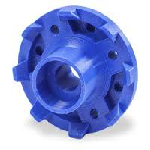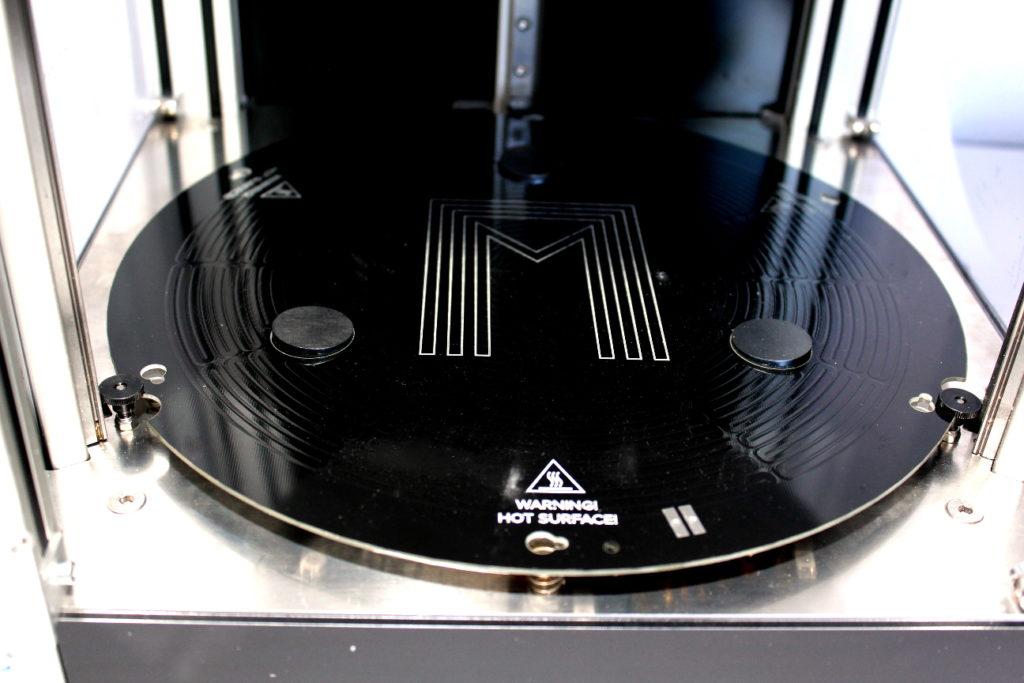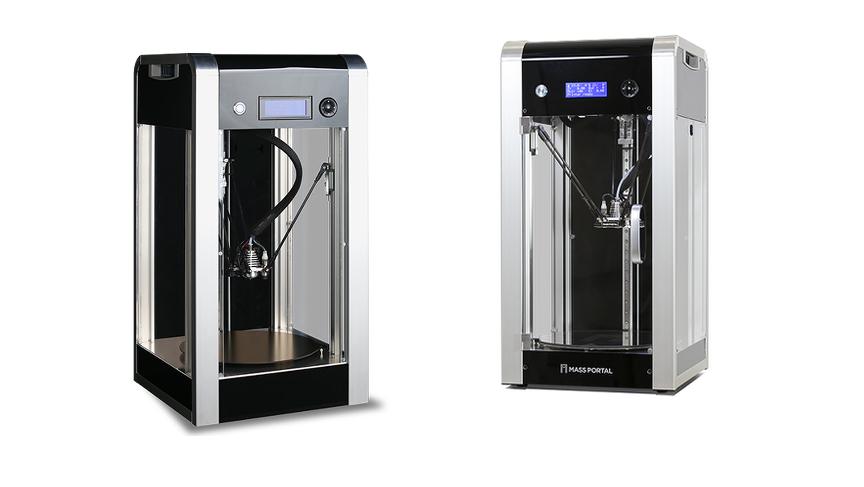![]() Most of us live in towns or cities still home to a number of small to mid-sized businesses and factories that seemingly haven’t changed in decades, from the dusty awnings and half-lit signs with outdated product specializations, to older, almost gothic, manufacturing facilities barely hanging on by a thread it would seem. While we don’t really know what goes on behind the scenes, it’s often perplexing as to how or why they are staying in business with little change. Rolling with the times and the demands of your client base is a basic need in business, and striking the balance between budget and new tools can often be a challenge, as well as figuring out what the best recipe is for moving into the future.
Most of us live in towns or cities still home to a number of small to mid-sized businesses and factories that seemingly haven’t changed in decades, from the dusty awnings and half-lit signs with outdated product specializations, to older, almost gothic, manufacturing facilities barely hanging on by a thread it would seem. While we don’t really know what goes on behind the scenes, it’s often perplexing as to how or why they are staying in business with little change. Rolling with the times and the demands of your client base is a basic need in business, and striking the balance between budget and new tools can often be a challenge, as well as figuring out what the best recipe is for moving into the future.
As SLS 3D, a leading supplier for 3D printers, scanners, and more, pointed out in a recent blog, for a relatively small amount of money if you consider what’s spent on everything else, you could purchase 3D printing equipment and begin enjoying many new benefits—whether you are a new business or are getting ready to engage in street fighting with the competition. While the inner workings of the corporate day generally suck up all your time, it’s crucial to stop and take a look at whether or not you are, quite simply, keeping up. Are there new tools that could be propelling you above and beyond other companies that produce similar products and services?
 No doubt, if you are involved in manufacturing, you have been exposed to 3D printing.
No doubt, if you are involved in manufacturing, you have been exposed to 3D printing.
“Approximately two-thirds of industrial manufacturers are already using 3D printing, most for rapid prototyping. Some manufacturers; from small job shops to multinational industrial products firms; are crossing the threshold from tinkering with prototypes to the production of final products,” says Eve Parker, Development Manager for the SLS 3D team.
Is this the right time for your company to get in on 3D printing in-house? The issue definitely bears looking into for most manufacturers as the technology accelerates in evolution, resulting in a continual flow of updated hardware, and a vast and growing array of materials. Great progress continues with metal 3D printing as companies such as GE and Alcoa open entire facilities dedicated to such technology—with millions of dollars flowing into such investments. Labs around the world are responsible for creating materials like bio-inks not just for 3D printing tissue and organs but also, amazingly, for improving products such as electronics.
On the one hand, maybe you should get in on these new tools for your business while you can still understand what’s going on technology-wise—and on the other, shouldn’t you be reaping the benefits now if 3D printing is something that would work at your production facility?
The element of self-sustainability alone appeals to many, and plays on all the other benefits of 3D printing as well. In cutting out the middle-man for rapid prototyping and low-batch production, your facility operates on its own time. No matter what the business, that type of freedom can open up a completely new sense of flexibility in both innovation and productivity, allowing for creation of whatever you want, when you want it, and the ability to offer on-demand production for customers as well. With 3D printing onsite and this level of independence, you can look forward to:
- Savings of time in product research and development
- A streamlined supply chain
- Increased customization for customers
As 3D printing onsite begins to play a part for manufacturers, engineers, and designers of many different products, along with the independence angle comes the ability to edit and change prototypes at will. Suddenly, the need for a change or slight customization to a model doesn’t require reaching back out to a vendor for modifications (and additional expense). The digital design can be changed at will, along with a new print—at any time. Customizations are key, and this also allows for much greater branding opportunity, without the additional expense.
“By having your own 3D printers, you can easily update features and material choices whenever necessary without having to wait for parts to be shipped to you from a service center,” says Parker.
You can create batches of any size, and run them onsite. While this is generally optimum for small batches, with 3D printers on hand, you can easily 3D print at a low volume and save money over traditional manufacturing. This benefit also comes into play for growing numbers of companies who, rather than 3D printing for innovation, are taking advantage of the technology for inventory maintenance. And some companies like InssTEK are outsourcing their technology to take on projects such as 3D printing parts for maintaining South Korean fighter jets. For those able to produce replacement parts in-house, the opportunity for savings—not to mention chasing down obsolete parts—is immense, along with the elimination of waste. This allows you to work on your own timelines with your own resources—on every level—to include staff.
“If you are producing parts for multiple projects with great frequency, keeping the work in-house using your own systems and people is a smart choice and a worthwhile investment in the long run,” states Parker. “As 3D printing is adopted more and more, the ability to 3D print replacement parts is a key selling point.”
The team from SLS 3D points out that FFF (fused filament fabrication) is still the most popular route, despite a thriving marketplace full of other hardware, and those that are resin-based, offering extremely high-quality results. They state that FFF is still a winning method due to the obvious affordability and accessibility to materials. Delta printers, such as the Mass Portal Delta printers which SLS 3D specializes in reselling, are often preferred because of multi-directional printheads offering speed and accuracy. Prototypes can be made bearing quality finish but with low infill or completely hollow. This saves on the budget and eliminates waste of materials, once again, allowing for affordable design and development—with higher infill used later in the project.
“This feature of modulating the part infill also allows the designer to introduce unique insulating cavities into the design which would be impossible with other manufacturing methods,” says Parker. “This is particularly beneficial for any part working under thermal loads.”
Choosing the right tool is imperative, and especially if you are a company just dipping their toes into use of 3D printing technology. With the right purchase, you should discover that 3D printing offers you a wide range of benefits, beginning with initial design—allowing for trial and error, while cutting down on waste.
We’ve followed SLS 3D as they’ve developed new 3D printing finishing materials, as well as using their Mass Portal Pharaoh line of printers for projects such as bringing high quality 3D printed medical models to the UK, where they are headquartered. The Mass Portal 3D printer is capable of using a range of materials, such as:
- Polycarbonate
- ABS
- PLA
- Conductive graphene filament
Priced at as little as £2,300 (around $3020 USD), SLS 3D sees the Mass Portal delta printers as an affordable and streamlined way for helping you to compete in today’s market with versatility, quality, and speed. Such technology may be the difference in gaining—and keeping—that edge. Discuss further over in the SLS 3D Printing Benefits for Manufacturing forum over at 3DPB.com.
[Source: SLS 3D]Subscribe to Our Email Newsletter
Stay up-to-date on all the latest news from the 3D printing industry and receive information and offers from third party vendors.
Print Services
Upload your 3D Models and get them printed quickly and efficiently.
You May Also Like
Reinventing Reindustrialization: Why NAVWAR Project Manager Spencer Koroly Invented a Made-in-America 3D Printer
It has become virtually impossible to regularly follow additive manufacturing (AM) industry news and not stumble across the term “defense industrial base” (DIB), a concept encompassing all the many diverse...
Inside The Barnes Global Advisors’ Vision for a Stronger AM Ecosystem
As additive manufacturing (AM) continues to revolutionize the industrial landscape, Pittsburgh-based consultancy The Barnes Global Advisors (TBGA) is helping shape what that future looks like. As the largest independent AM...
Ruggedized: How USMC Innovation Officer Matt Pine Navigates 3D Printing in the Military
Disclaimer: Matt Pine’s views are not the views of the Department of Defense nor the U.S. Marine Corps Throughout this decade thus far, the military’s adoption of additive manufacturing (AM)...
U.S. Congress Calls Out 3D Printing in Proposal for Commercial Reserve Manufacturing Network
Last week, the U.S. House of Representatives’ Appropriations Committee moved the FY 2026 defense bill forward to the House floor. Included in the legislation is a $131 million proposal for...



































